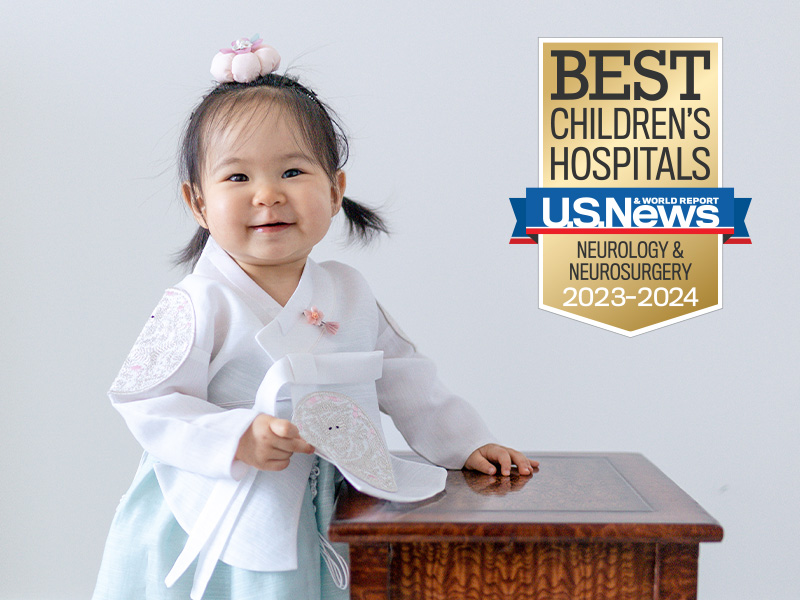Johns Hopkins pediatric neurologists provide expert diagnosis and treatment for children with neurological conditions such as movement disorders, muscular dystrophy, neurofibromatosis, epilepsy and cerebral palsy. Our doctors and researchers use the latest technologies and research methods to deepen our understanding of childhood neurological problems and how to treat them. Our multi-specialty approach brings together world-class pediatric experts, technologists and nurses, who work closely together on the best possible outcomes for your child, along with clear answers and compassionate support for your family.
On this page:
Specialty Centers | Team | Care Facilities | Appointment Info | Patient Resources
Request an Appointment
Schedule Online Through MyChart
Schedule By Phone
Specialty Centers
Whether your child is facing a common problem or a rare condition, our team can provide treatments based on new research.
Pediatric Neurology Experts
Our team includes renowned specialists, skilled nurses and advanced practitioners working together with you and your child.
Our Care Facilities
-
Johns Hopkins Children's Center
The Children’s Center provides a comfortable, healing environment for children and families. Our team of child life specialists designs programs and activities to help you and your child understand and prepare for treatments and procedures.

-
Kennedy Krieger Institute
Our pediatric neurologists partner with the Kennedy Krieger Institute, which offers innovative programs such as aquatic therapy and adaptive sports, as well as state-of-the-art rehabilitation therapies and technologies for children with neurologic disorders.

Appointments and Referrals
-
Part of the appointment scheduling process is to make sure we participate in patient’s insurance plan. Johns Hopkins participates with most PPO plans. If the patient’s insurance plan is an HMO, the patient will likely need to obtain a referral from a primary care physician. If we are unsure of participation in the insurance plan, we may ask you to fax the front and back of the insurance card to 410-614-2297.
-
Before an appointment, you will receive an appointment packet including a questionnaire and directions. Please return the filled questionnaire the day of the appointment.
Before your visit, please make sure that all medical records, test results and referrals have been sent to us. We need to have the referral on file at least seven days before the appointment. If you or your primary care doctor plan to fax these documents to our office, please fax to 410-614-2297:
c/o {Your Doctor’s Name}
Subject: Records & Test Results To Be Reviewed for {Patient’s last name}If mailing these documents, please mail to:
{Your Doctor’s Name}
The Johns Hopkins Hospital
Division of Pediatric Neurology
David M. Rubenstein Child Health Building, Suite 2158
200 N. Wolfe Street
Baltimore, MD 21287Please bring any films (MRI or CT scans) with you to the appointment.
-
Please call to speak with a doctor about the patient and the reason for their referral. Contact information can be found by clicking on the physicians name on our team page.
Please send records, referral, parent’s phone number and copies of the office notes to be reviewed by our team to:
Fax number: 410-614-2297
c/o Johns Hopkins Pediatric Neurology
Subject -- Records To Be Reviewed -
Most of our procedures do not require much preparation. If your visit requires an MRI with anesthesia, a sedation screening sheet will need to be completed by the doctor ordering the test. The parents of the patient will receive guidelines for the anesthesia. We ask that parents bring a list of all medications and clear fluids for the patient after the procedure as well as a stroller or wheelchair for small children.
If a referral or insurance authorization is required for a procedure, please send the required documents to 410-614-2297 ahead of the appointment.















